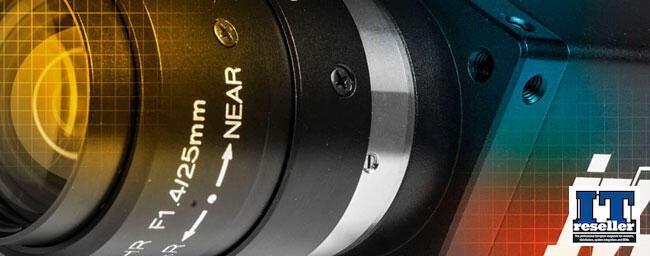Machine vision cameras with an Ethernet interface accounted for half of world revenues in 2014, according to a report recently published by IHS. The research for this new edition was carried out during the first half of 2015 and estimated that the interfaces with the next largest camera revenues were Camera Link and Camera Link HS combined, accounting for 18.9%; and USB (USB 2 and USB 3 combined) with 15.7%.

What is surprising is that, despite the promotion and anticipated market growth of USB 3 cameras, they are forecast to account for only a quarter of USB camera revenues by 2019. USB camera revenues are then projected to account for only 16.3% of the total.
IHS concludes that users will only be motivated to upgrade to USB 3 if a faster speed is necessary for their application. In theory, this is an increase in data rate from 500Mbits/s to 5Gbits/s; although this rate is not always achieved, there is invariably a substantial increase. However, factors that favour USB 2 rather than USB 3 include the longer permissible cable length, the lower power requirement, and the abundance of USB 2 devices and computers with only USB 2 connectivity. The switch from USB 2 to USB 3 will take time.
During the research, some manufacturers commented they were receiving more enquiries about cameras with interfaces for the more general industrial communication technologies: e.g. PROFINET, EtherNet/IP and EtherCAT. IHS believes this suggests a trend to more users considering machine vision as an integral part of the automation system rather than an add-on inspection tool.

Add a Comment
No messages on this article yet